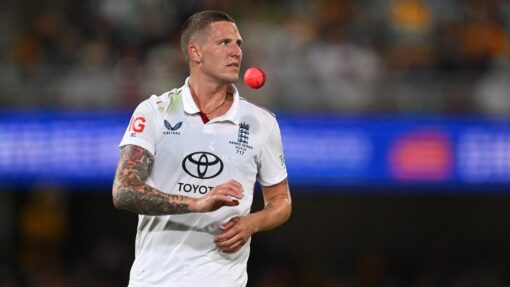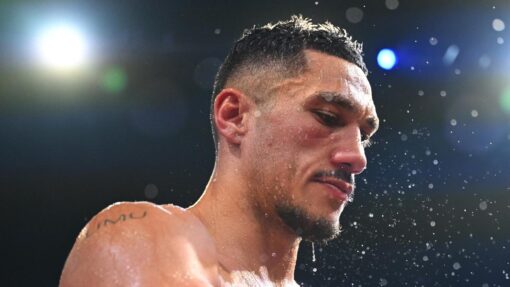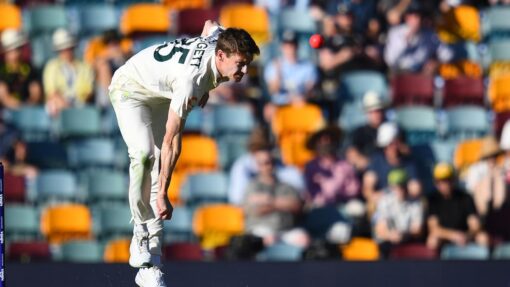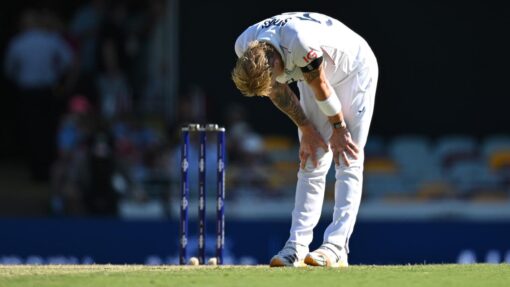Olympic city house values join the million-dollar club
Fraser Barton |
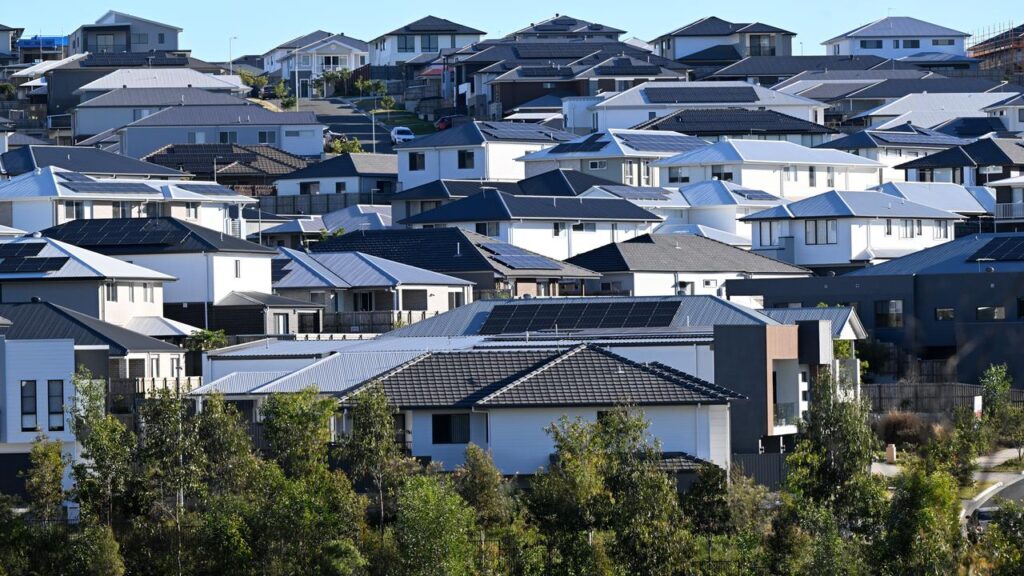
Interstate migration is fuelling house prices in Brisbane, which has become the second most expensive city in the country, pushing some to homelessness.
The median value of houses in Brisbane hit $1,006,000 in May, up from $996,000 in April.
The price rose to $1,011,000 in June, marking the ninth consecutive month the Olympic city was the second-highest house market by median value among capital cities.

House values in Queensland’s capital have skyrocketed by 76 per cent since 2020 following a rush of interstate migration in the wake of the COVID-19 pandemic.
The relocation has resulted in a 9.2 per cent rise in the greater Brisbane population in less than half a decade.
June data from property platform Cotality shows Sydney’s median house value is $1,496,985, with Canberra’s $980,802 and Melbourne’s $947,611.
Cotality says interstate migration is the biggest driver of Brisbane’s growth.
Brisbane (9.2 per cent) ranked just behind Perth (10.3 per cent) for a change in estimated resident population between June 2020 and June 2024.
“Prior to 2020, the Brisbane market had experienced a long-term period of softer growth conditions – setting the market up for a more affordable starting point when the COVID housing boom arrived,” Cotality said.

“As well as initially being more affordable than Melbourne, and remaining more affordable than Sydney, Brisbane’s warmer weather and lower housing density may have presented more ‘lifestyle’ appeal during the pandemic.
“The rapid boost to population growth at a time of constraints on housing supply is likely what led to a substantial boost in values – and urgency – in the housing market.”
Brisbane no longer rests in the shadows of Sydney and Melbourne and is experiencing its “coming of age moment”, the Real Estate Institute of Queensland said.
“It really is representative of the fact that Brisbane is very much regarded now as a very vibrant, modern city,” the institute’s chief executive officer Antonia Mercorella told AAP.
But supply has not kept up with the city’s rise in popularity and population, with a not-for-profit predicting homelessness will worsen as a result.
Charity The Forgotten Women says more than 420,000 women in Australia older than 55 are either homeless or at risk of homelessness.

It predicts that number to rise to more than half a million by 2032, with a third of those women in Queensland.
“Some of these women may be widows, divorced or escaping family violence, but however they ended up homeless, the brutal reality is they face the risk of premature death within five years if they live on the streets,” founder Teresa Reed said.
Just south of the Olympic city on the Gold Coast, a housing crisis is putting pressure on vulnerable women, Ms Mercorella said.
“These are incredibly tough conditions to find suitable housing and as a result, older women are falling into ‘hidden homelessness’,” she said.
A boost-to-buy scheme from the state government to help young singles and couples enter the market promises 30 per cent equity in new builds and 25 per cent in existing homes of up to $1 million for 1000 Queenslanders.
AAP